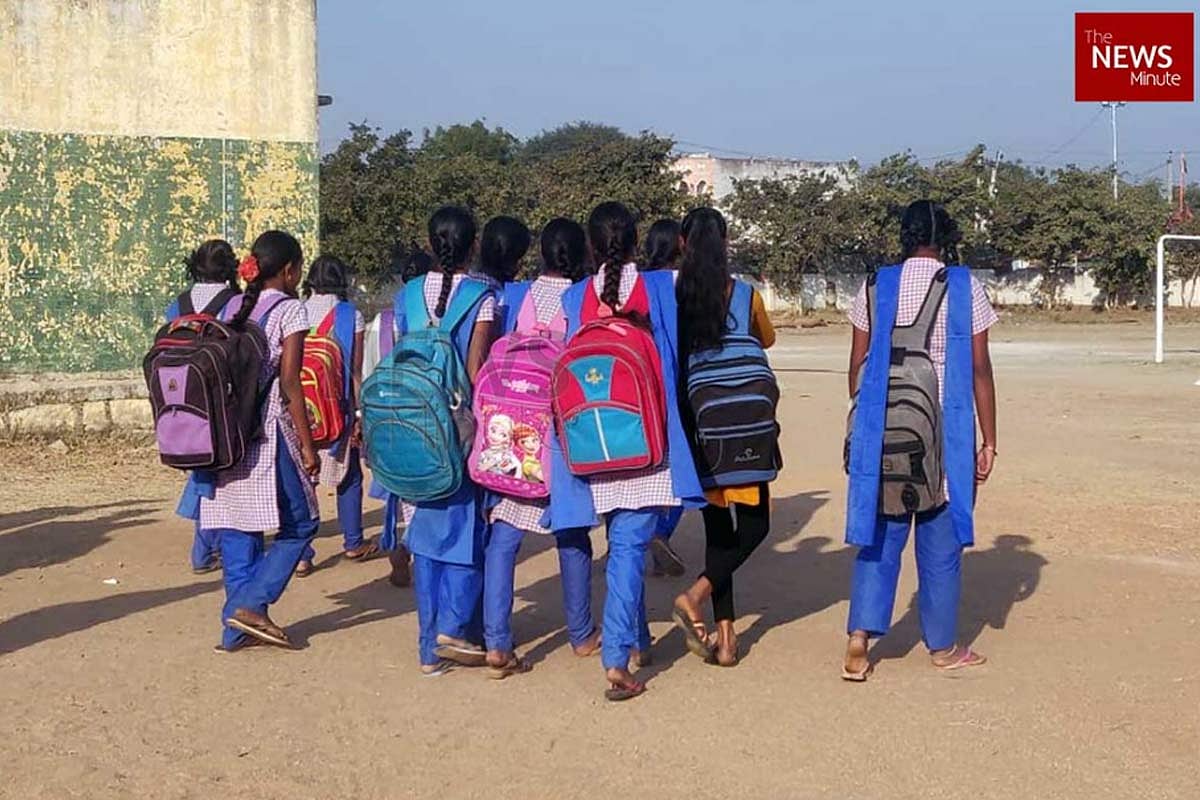 |
|
The Annual Status of Education Report (ASER) 2024 has unveiled alarming statistics regarding the foundational learning capabilities of students in Karnataka, India. The report, a large-scale citizen-led survey, highlights a significant crisis in basic literacy and numeracy among young learners, particularly in rural schools. The findings reveal a stark reality: a considerable portion of Class 3 students lack the fundamental skills necessary for academic progress. Specifically, over 7% of these students cannot even read letters, a staggering figure that underscores a profound failure in the educational system's foundational stage. This alarming statistic is further compounded by the fact that an additional 19.3% can identify individual letters but are unable to comprehend words, highlighting a critical gap in their reading comprehension development. The report paints a picture of a system struggling to equip its youngest learners with the building blocks of literacy, potentially condemning them to a cycle of educational disadvantage.
The ASER 2024 survey, conducted across a vast sample of 649,491 children in 17,997 villages spread across 605 rural districts in India, provides a comprehensive overview of educational attainment. In Karnataka, the survey focused on 30 districts, encompassing 900 villages, 17,702 households, and a total of 120,336 children aged 3 to 16 years. The depth of the survey allows for a detailed analysis of the challenges facing the state's educational infrastructure. The data reveals not only the percentage of students struggling with basic letter recognition but also the broader issue of reading comprehension. A significant 36.2% of Class 3 students can read individual words but struggle to understand Class 1 level texts, indicating that they lack the ability to synthesize information and extract meaning from written language. This points to a systemic failure in teaching methodologies and curriculum design that need to be urgently addressed.
The problem extends beyond simple letter and word recognition. The report showcases a similar lack of proficiency in numeracy. A concerning 4.8% of Class 3 students are unable to recognize numbers from 1 to 9, an absolute foundation for mathematical understanding. Further analysis reveals a cascading effect of this foundational deficiency. A substantial 16.3% can recognize numbers up to 9 but cannot extend this recognition to numbers up to 99, showcasing an incomplete understanding of the number system. The inability to perform even simple arithmetic operations is equally troubling; 53% of Class 3 students can recognize numbers up to 99, but they cannot perform basic subtraction. Only a meager 3.5% of students in this grade level can successfully solve division problems. These findings clearly highlight the need for improved teaching practices and intervention strategies aimed at strengthening numeracy skills at the foundational level.
The ASER report also compared performance between government and private schools, revealing a significant disparity in learning outcomes. While there has been some improvement in reading levels in both sectors, the gap remains substantial. In government schools, only 32% of Class 5 students can read Class 2 level texts, compared to 37.8% in private schools. This disparity underscores the inequities within the education system, highlighting the urgent need for targeted interventions in government schools to bridge this gap. The challenges in numeracy are equally pronounced. A mere 19% of Class 5 students in government schools can solve division problems, in stark contrast to 25% in private schools. This pattern continues into Class 8, where 35% of students in government schools can solve division problems compared to 43% in private schools. This persistent gap necessitates a deeper investigation into resource allocation, teacher training, and pedagogical practices within government schools.
The report does offer a glimmer of hope in the form of marginal improvements in some areas. The percentage of Class 3 students who can read Class 2 level textbooks has nearly doubled in government schools from 7.7% in 2022 to 15.4% in 2024. Similarly, private schools witnessed an increase from 11.7% to 17.2% during the same period. While these incremental improvements are encouraging, they fall far short of addressing the systemic issues that contribute to the widespread learning gaps. The improvements highlight the potential for progress, but also underline the need for sustained and intensified efforts to improve the quality of education provided to all students. The government must not only continue these improvements but also scale them up dramatically to achieve meaningful and widespread impact.
The ASER 2024 report serves as a stark reminder of the urgent need for comprehensive educational reforms in Karnataka. Addressing the foundational learning gaps requires a multi-pronged approach, including improved teacher training, enhanced curriculum development, effective resource allocation, and innovative pedagogical methods that cater to diverse learning styles. Moreover, ongoing monitoring and evaluation of educational programs are crucial to ensure that implemented strategies are effective. Ignoring these challenges will only perpetuate a cycle of educational disadvantage, impacting future generations and hindering the state's overall development. It is imperative that policymakers, educators, and community stakeholders work collaboratively to implement evidence-based solutions that address the root causes of these widespread learning deficiencies and ensure that all children have access to a quality education that empowers them to reach their full potential.
Source: 7.1% of Karnataka’s class 3 students can’t read letters: Report
